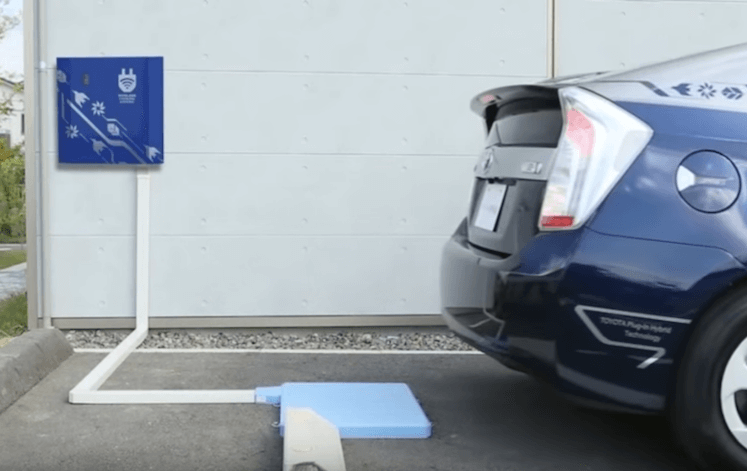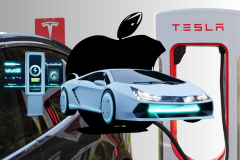Autonomous cars are going to change the way we think of our vehicle. Instead of something that spends the majority of the day in a parking spot, you (and other members of your family) may be able to remotely call the car and might even be able to lease your car for a few hours to services like Uber and Lyft, to become part of an autonomous fleet.
But what happens when your autonomous car runs out of juice and you aren’t there? Tesla showed us one horrifying possibility, a snake-like charger able to remotely plug-in to your car, but WiTricity has a much more convenient (and less creepy) solution, wireless charging.
See Also: PureLiFi is developing a possible alternative to WiFi
WiTricity has been working on wireless charging for a while. Originally a spin out project at MIT by electric engineering genius Marin Soljačić in 2006, it quickly started to meddle with devices in ways far beyond other wireless charging startups.
Wireless charging still a niche market
In 2009, Eric Giler, the then CEO and director of the company, showed how a TV and Google G1, two devices that don’t support wireless charging outside the box, could be hacked to support the tech without cumbersome wires and batteries at TED. He also mentioned, briefly, a panel available for electric cars to be wirelessly charged.
Wireless charging at the time (and still today) was quite a niche market, but the demos managed to create interest and, if nothing else, made people question why wireless charging wasn’t as popular with manufacturers as it was with the public. Part of the problem was the lack of capability in 2009.
We’ve come a long way since 2009 in the wireless charging and electric car industry. Tesla has made the industry focus on building cars that don’t look horrific, like the Chevy Bolt and BMW i8. The Wireless Power Consortium (WPC) started to test wireless charging under the Qi standard for mobiles and other low-power devices.
The spike in interest propelled WiTricity into the limelight, where it’s making a lot of noise.
Just a few days ago, the firm signed a licensing agreement with British parts supplier Delphi to build commercial wireless charging tech for cars. Earlier this year, CTEK, one of the largest electric vehicle battery manufacturers, entered into a similar agreement.
In 2013, Toyota signed an agreement to test the tech and has been an active investor in WiTricity since 2011. Other investors include Taiwanese manufacturing giant Foxconn and Intel.
Why is WiTricity so popular? Because it’s the leader in the field. It provides 11kW of power to cars through its wireless charging platform and claims to have best in class efficiency of 94 percent. It’s a far cry from Tesla’s 120kW SuperCharger, but nears most other public wireless charging services.
When speaking to folks at WiTricity about Tesla’s ambitious goal to become the energy provider, a spokesperson says that vision cannot become a reality without wireless charging. Off the grid energy, in future generations of the WiTricity platform, will be able to take excess energy from the car and feed it into the home—potentially storing it in Tesla’s Powerwall—which wired solutions cannot do at the moment.
WiTricity has also been incredibly open, not just to licensing agreements, but to cars of all shapes, sizes, and markets. Everything from a Smart car to a Class 8 big rig can be wirelessly charged if supported, and the firm is even bringing its platform to automatic guided vehicles (AGVs) in factories.
See Also: Google teaches its car to be nice to cyclists
All of the planning and agreements over the past seven years are set to cumulate with the introduction of wireless charging in a slew of automotives in 2017, according to WiTricity.
We don’t know what cars will support wireless charging from the outset, but WiTricity has been making all sorts of alliances as part of the AirFuel Alliance. So hopefully when autonomous cars arrive on the market, wireless charging will be not only a viable alternative, but a capable and functional platform that can rival even the best wired solutions.










